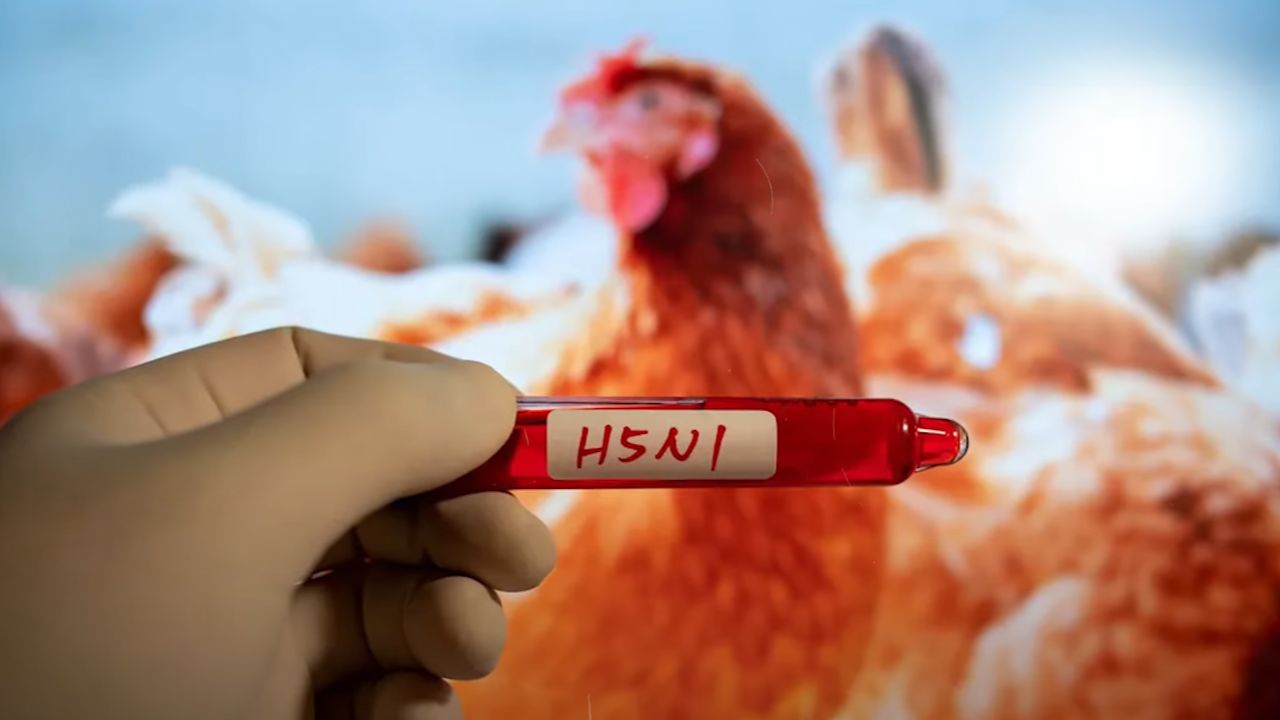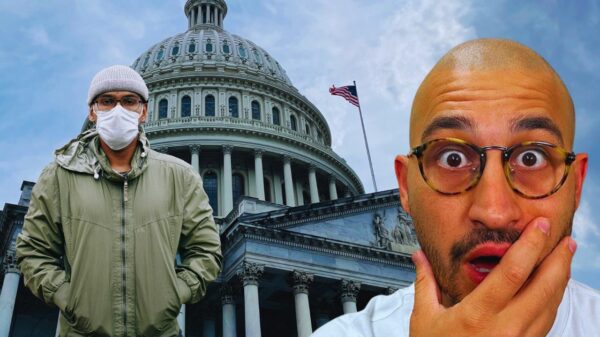The recent spread of the bird flu strain H5N1 from birds to dairy cattle has raised concerns about potential transmission to humans. H5N1, a virus known for years for its impact on bird flocks, has now been detected in dairy cattle across five states in the US. This development marks a concerning shift in the spread of the virus and has prompted heightened vigilance among health authorities and agricultural experts.
Background of the Issue
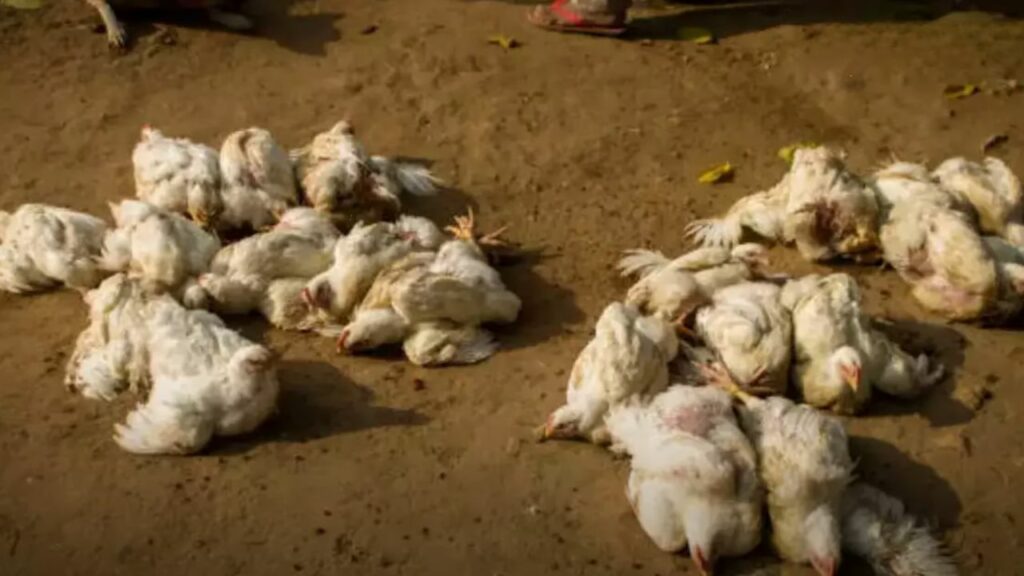
The H5N1 virus has been a longstanding concern within the poultry industry, with millions of birds being culled in efforts to contain its spread. However, the recent detection of H5N1 in dairy cattle suggests a broader reach for the virus, posing new challenges for containment and control. The virus’s ability to jump from birds to mammals raises questions about its adaptability and the potential for further spread.
Human Transmission Concerns
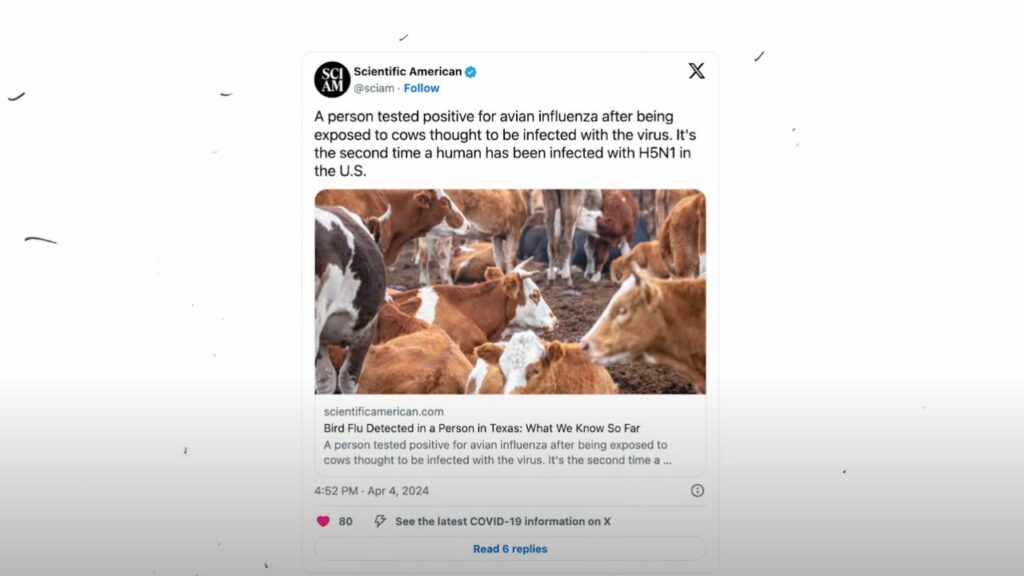
Perhaps the most pressing concern surrounding the spread of H5N1 is its potential transmission to humans. A recent case in Texas, where a person tested positive for the virus after working with infected cows, highlights the risk of zoonotic transmission. While the individual reportedly experienced mild symptoms and is expected to fully recover, the case underscores the need for vigilance and proactive measures to prevent further human infections.
Government Response and Public Reassurance
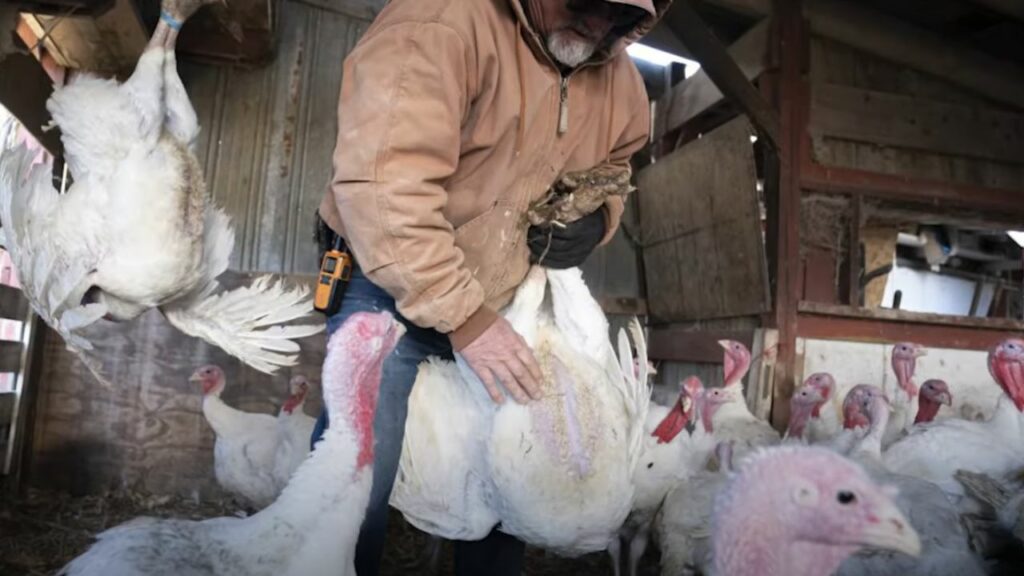
In response to the detection of H5N1 in dairy cattle and the confirmed human case, federal authorities have moved swiftly to address public concerns. While acknowledging the highly contagious nature of the virus, government officials have sought to reassure the public that the risk to human health remains low. Efforts are underway to monitor and contain the spread of the virus, with a focus on implementing robust safety measures within the food supply chain.
Impact on Food Supply and Economy

The spread of H5N1 among livestock has significant implications for the food supply chain and the economy at large. With dairy cattle testing positive for the virus, there is a risk of disruptions to milk and meat production, potentially leading to shortages and increased prices. The closure of major egg production facilities due to H5N1 outbreaks further exacerbates concerns about food security and economic stability.
Need for Further Investigation
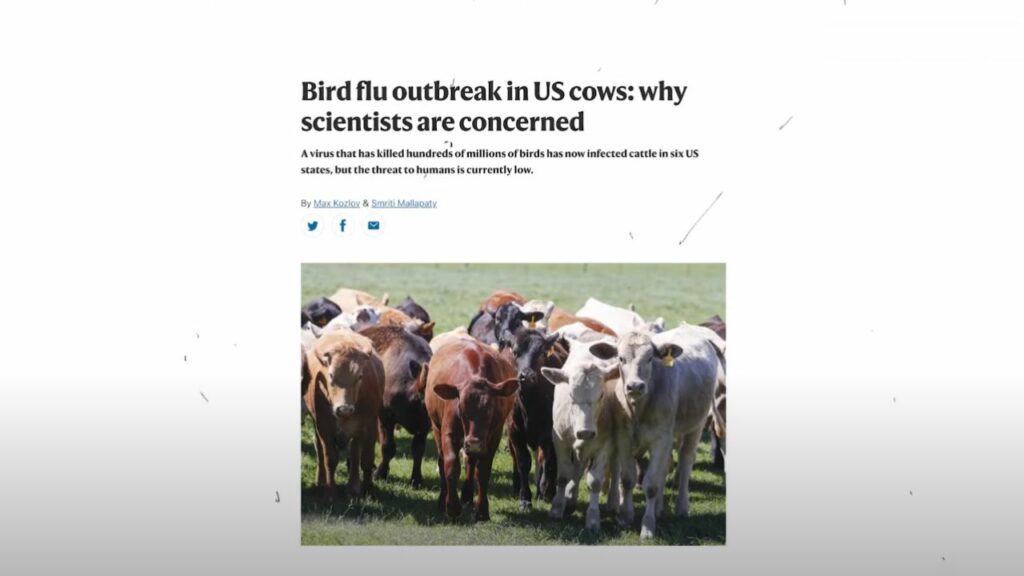
Despite assurances from government authorities, questions remain about the virus’s transmission dynamics and the effectiveness of existing safety measures. Further investigation is needed to understand the mechanisms of transmission between species and to develop strategies for mitigating the risk of human infection. Collaboration between health agencies, agricultural experts, and industry stakeholders will be crucial in addressing these challenges effectively.
Conflicting Information and Public Concern
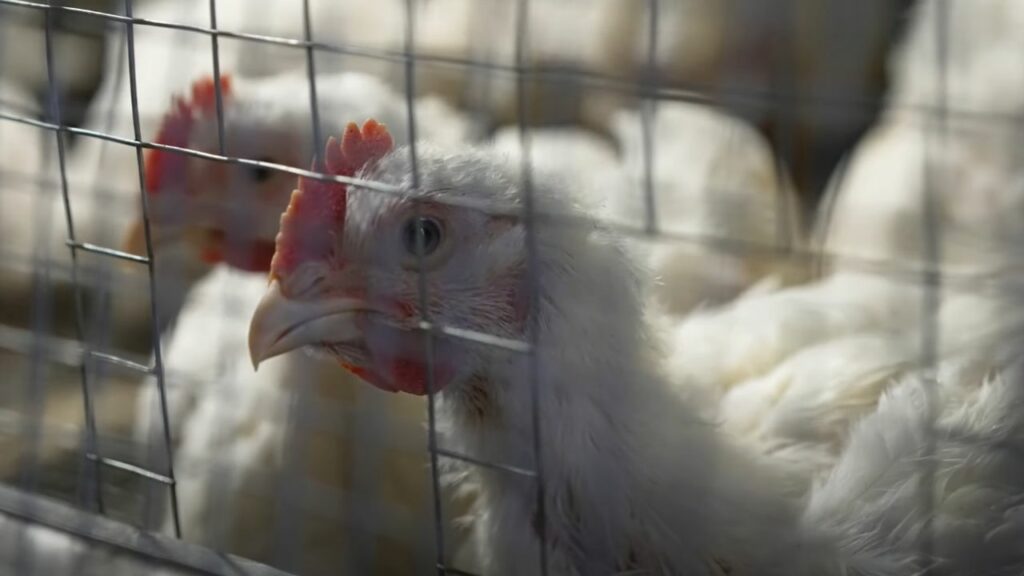
Conflicting information from experts and government agencies has contributed to public unease about the severity of the situation. While some officials downplay the risk of human transmission, others emphasize the need for heightened vigilance and precautionary measures. The lack of consensus on the issue underscores the complexity of the challenge and the importance of transparent communication with the public.
Economic Ramifications
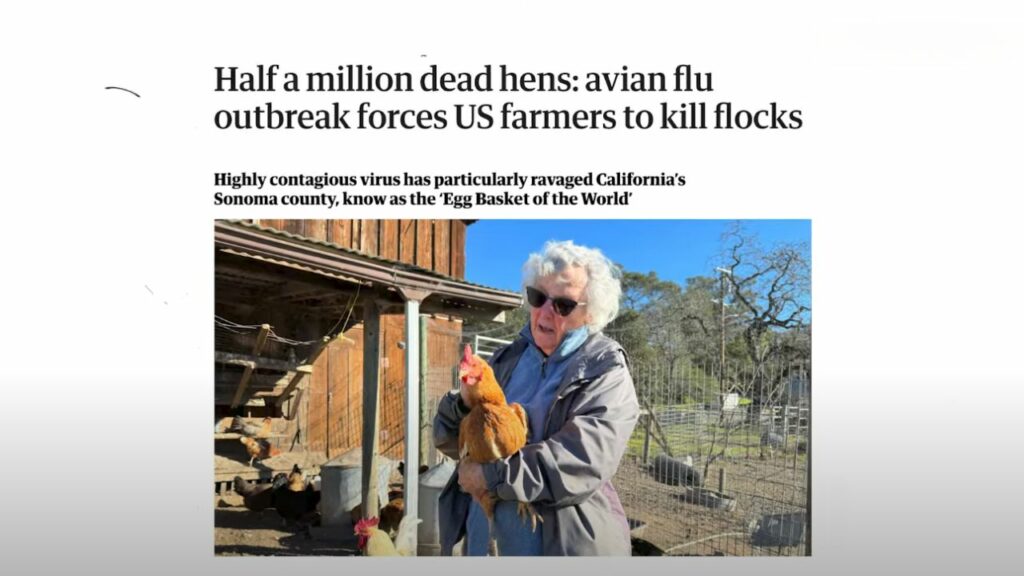
The economic ramifications of the H5N1 outbreak are already being felt, with closures of major production facilities and disruptions to the food supply chain. Higher egg prices and potential shortages of other food products could further strain household budgets and impact consumer spending. The long-term economic impact will depend on the duration and severity of the outbreak, highlighting the need for proactive measures to mitigate its effects.
Precautionary Measures
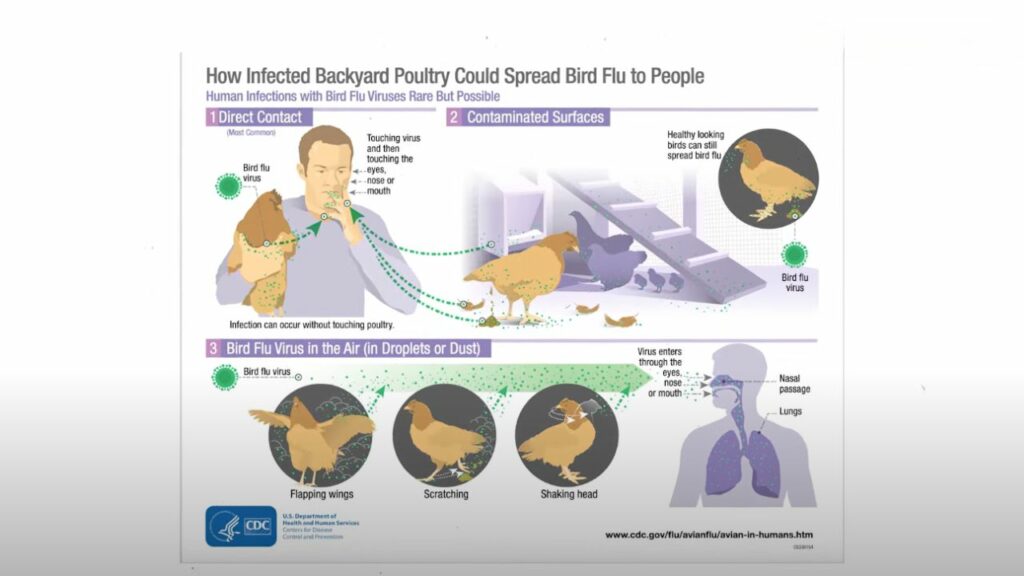
In light of the ongoing spread of H5N1, individuals are advised to take precautionary measures to protect themselves and their families. This includes avoiding undercooked food and limiting exposure to potentially contaminated animal products. Additionally, maintaining good hygiene practices, such as frequent handwashing and proper food handling, can help reduce the risk of infection.
Importance of Preparedness
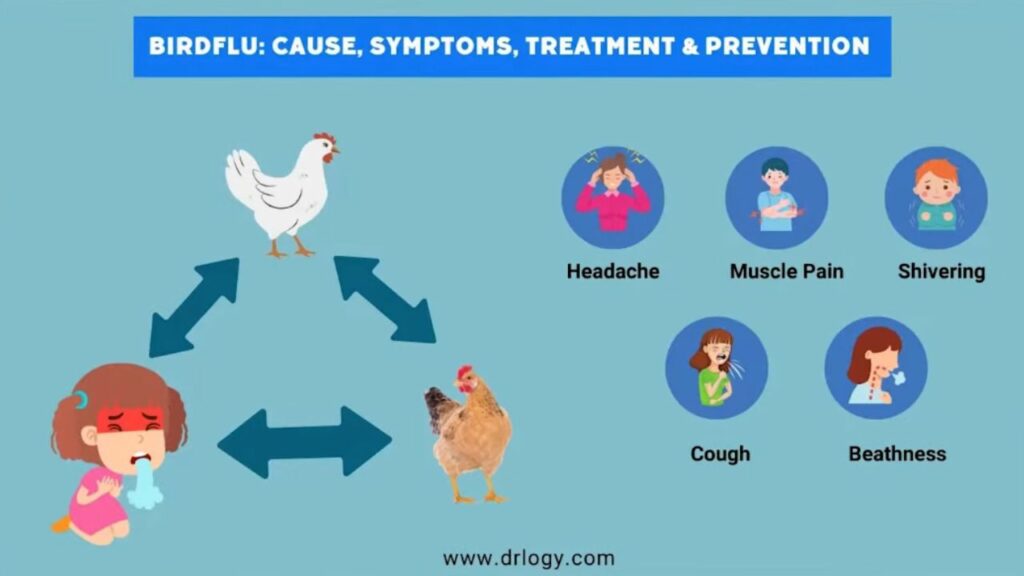
The situation underscores the importance of preparedness in the face of emerging health threats and disruptions to the food supply chain. Proactive measures, such as stockpiling essential food items and staying informed about the latest developments, can help individuals and communities weather the challenges posed by the H5N1 outbreak. By remaining vigilant and taking appropriate precautions, we can minimize the impact of the virus on public health and food security.
Call to Action
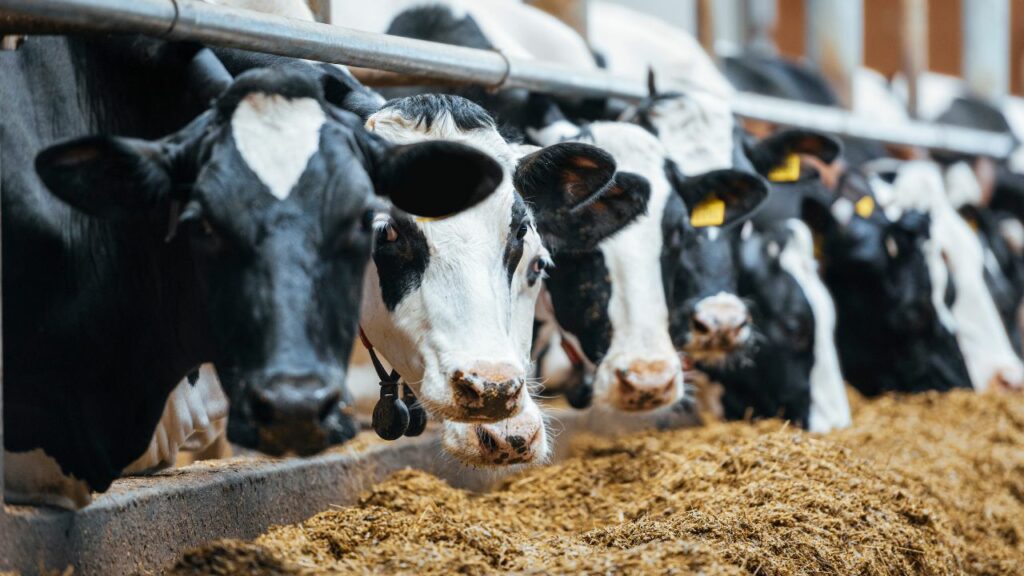
As the situation continues to evolve, governments, health authorities, and individuals need to work together to address the challenges posed by the H5N1 outbreak. By implementing robust surveillance systems, enhancing biosecurity measures, and promoting transparency in communication, we can effectively mitigate the spread of the virus and safeguard public health. Now is the time for concerted action to protect our food supply, economy, and communities from the impacts of H5N1.
Lessons From Previous Outbreaks
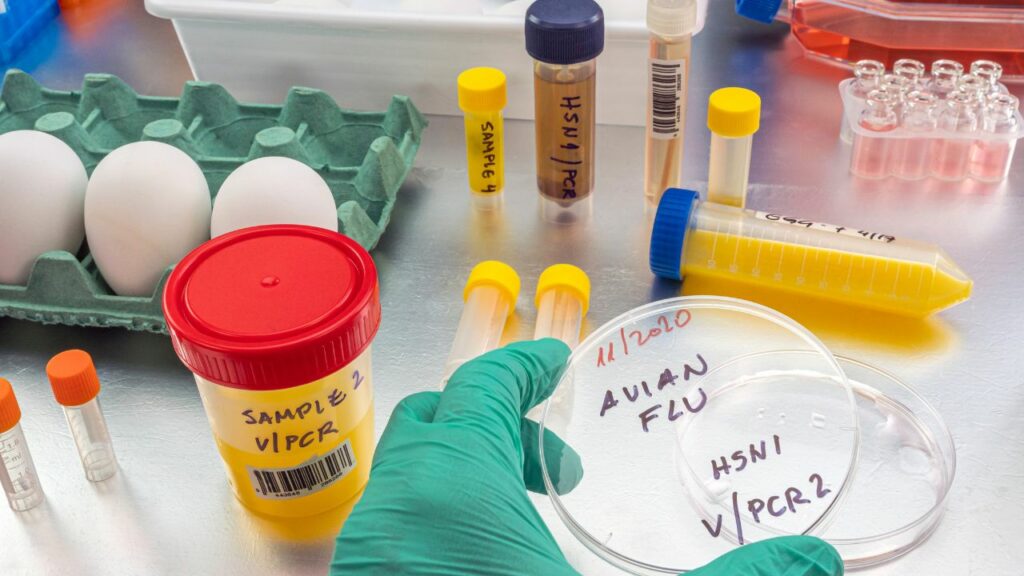
What are your thoughts? How can governments balance the need for transparency with the potential to cause public alarm during health crises like the spread of H5N1? What lessons can be learned from the response to previous zoonotic disease outbreaks, such as avian influenza or swine flu, in addressing the current situation with H5N1?
Impact On International Trade
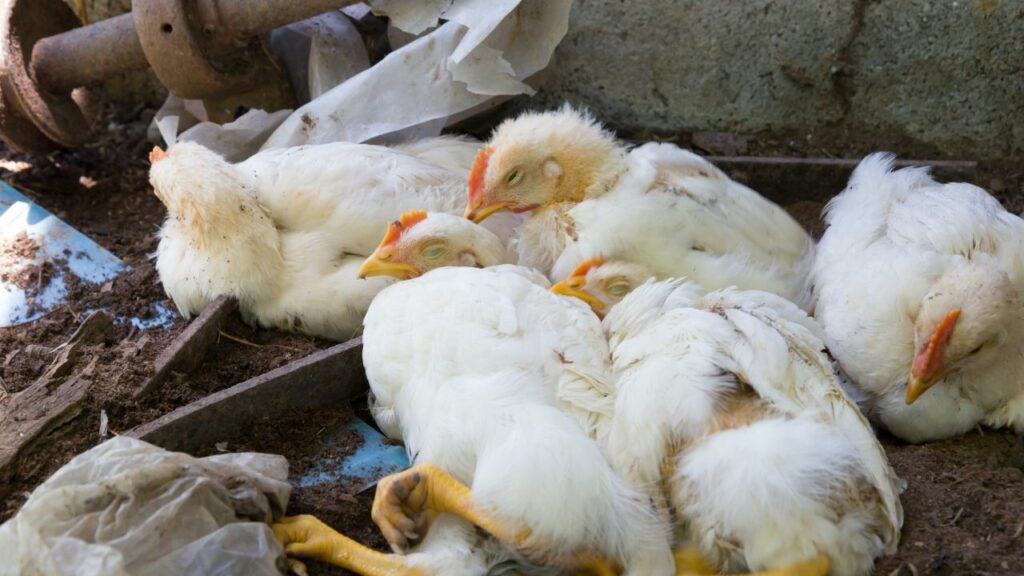
How might the spread of H5N1 across species impact international trade and global food security efforts? What role can individuals play in supporting efforts to contain the spread of H5N1 and mitigate its impact on public health and the economy?
